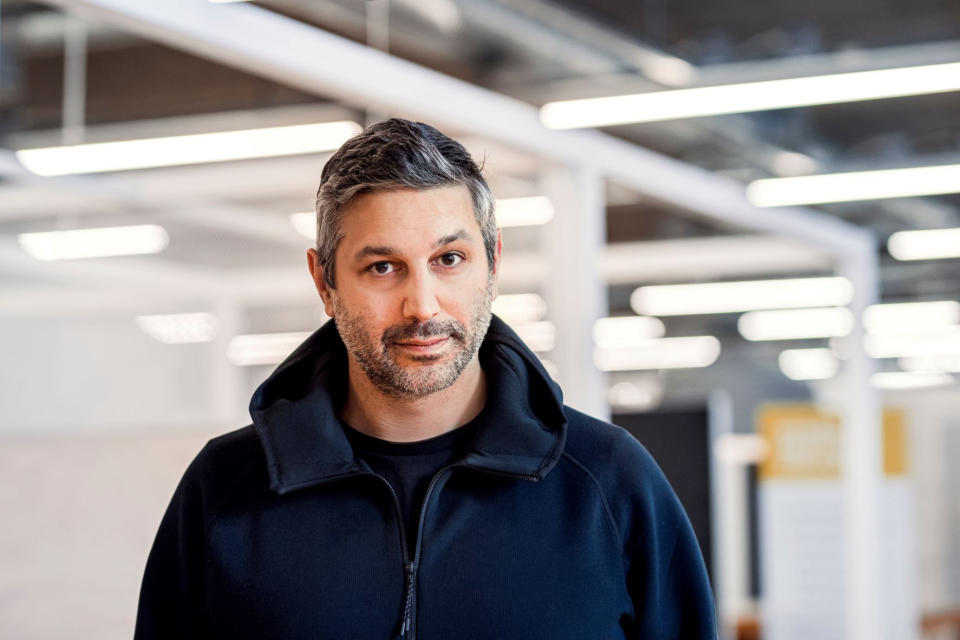IKEA’s price cuts come from a cocktail of automation, low raw material costs and ‘saving for the rainy days’

IKEA, renowned for its budget-friendly home furnishings, is bucking the trend of rising prices by slashing its own tags, one country at a time.
With affordability as its prime focus for the current fiscal year, the Swedish furniture titan has committed a staggering $1.1 billion to make it happen.
Already in motion in nations like Sweden, the U.S., and Germany, these cost reductions are set to expand to more countries in the months ahead.
But to reach this point has taken years of effort, capitalizing on cost-cutting initiatives and “saving for the rainy days,” Tolga Öncü, the head of retail at IKEA's parent company Ingka Group, told Fortune.
“We have seen that the pressure on people's disposable income has been very high due to inflation, interest rates and other utility costs going up. We thought that it's time for us to really double down as Ikea to do like we always do—the opposite of what is expected,” Öncü said in an interview.
Cost-savings in different parts of the business
Two elements have been key to driving Ikea’s price cuts: cooling raw material costs and improvements in operations.
Throughout last year, Ikea tried to cut operational costs while investing in technology and training its workers.
This coincided with the retreat in crucial input prices such as metal, which helped ease pressures in the upstream.
“The last couple of years of investments in these areas is having a catch-up effect at the moment,” Öncü explained.
The company has also been using AI to help identify ways to maximize the quantity of goods it handles in its store locations.
After experimenting for years with automation, Ikea has witnessed how the technology has quadrupled the volumes it handled at its stores and provided insight into customers ordering online and click-and-collect demand.
Öncü called AI “the new kid in the block” that Ikea is trying to learn more about to help fulfill its mission to continue lowering prices.
“This is, of course, saving a lot for Ikea by lowering our cost to handle cubic meters—this saving we’re able to pass on in lowering the prices on the products [and] services,” Öncü said.
He gave the example of Belgium, where price cuts took effect on Feb. 1—IKEA was able to significantly lower prices on parcel deliveries from €9.99 ($10.81) to €2.99 ($3.24).
In Germany, the home furnishing company is slashing prices on one-fifth of its items by an average of 20%.
Supply chain snarls have also eased significantly since they were caused by disruptions like the COVID-19 pandemic and the Ukraine war.
However, the recent Red Sea crisis has upped the stakes for companies with global operations once again.
In December, IKEA warned that the attacks by Houthi Rebels on the widely-used shipping route would result in delayed deliveries for its customers.
Still, even as shipping costs have surged because of disruptions at sea with vessels having to take longer routes or pay higher insurance premiums if crossing the Red Sea, Ikea says it hasn’t been slapped with higher costs as a result, and therefore, can stick to its course with cutting prices.
“Over the last two, three years, many companies in all industries including ours, and including Ikea, has been trained to be agile, be flexible, since a lot has happened in the world,” Öncü said.
“With the information we have today, we don't see any major impact rather than more delays in deliveries.”
Focusing on the local customers
IKEA has 471 stores in 63 countries—but it still looks at each country as a unique market of its own.
The Swedish company has local customers, not global ones, and leaves the pricing mandate to each individual country, Öncü said.
In the countries where Ingka Group operates Ikea—31 in total—Öncü said the business either already has or will soon cut prices.
The fact that the IKEA parent isn’t a public company has also given it more leeway in making pricing decisions.
“Since we are not a listed company, we are owned by a foundation, we don't always sit with the conflict of short-term decisions. So, we can actually make a bit more long-term decisions,” the head of retail said. "We have a very conservative financial policy rooted by our founder that we should always save money for rainy days, and today, it's raining quite a lot."
The next step, after putting a leash on prices, is to reach more customers.
Ingka Group is investing heavily in new store formats, its AI innovations, and in upgrading and revamping its app and website so that it can be more accessible for the average person.
“It's in our DNA to always strive for having products at such a low cost, low price that as many people as possible can afford to buy them,” Öncü said.
This story was originally featured on Fortune.com

 Yahoo Finance
Yahoo Finance 